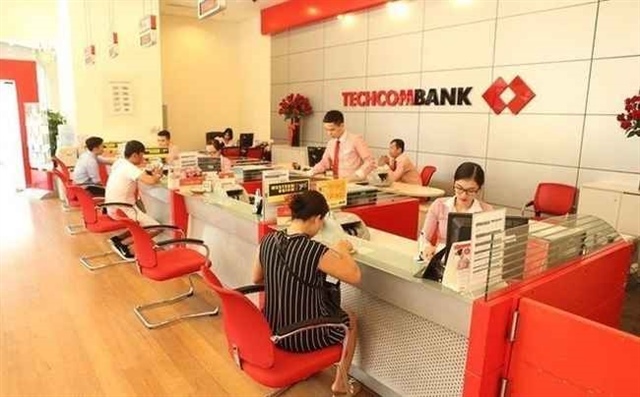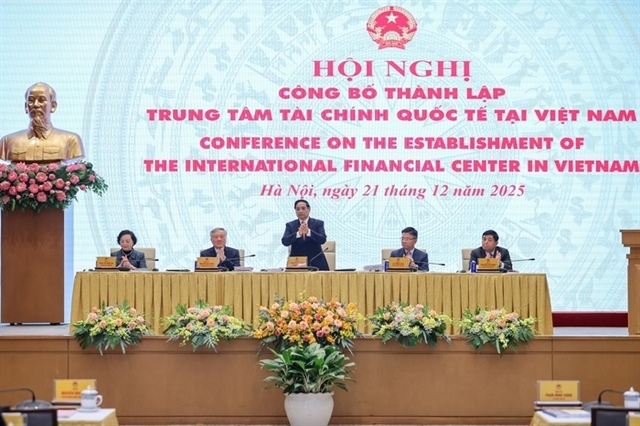Interest rate reductions and the other side of the medal
Interest rate reductions and the other side of the medal
The State Bank of Vietnam successfully eased the interest rates in 2012 in order to make it easier for businesses to access bank loans. However, there is always the other side of a coin.

The desire has been contented
The top priority task for the government of Vietnam in 2011 was stabilizing the macro economy and curbing the inflation rate at no more than 7 percent, while economic growth was put forward as secondary question. At the end of the year, GDP growth rate reached 5.89 percent, while CPI soared by 18.58 percent over 2010.
In 2012, curbing inflation and stabilizing the macro economy remained a top priority task. And the statistics showed the high results that went beyond the expectations: the CPI increased by 6.81 percent only. However, GDP grew by 5.03 percent, below the targeted level of 6.6.5 percent.
Analysts have commented that the State Bank of Vietnam did everything it could in 2012 to tighten the monetary policies, so as to curb the inflation. It was more cautious with the monetary policies in 2012, after it learnt lesson from 2011 that the big money supply would lead to high inflation.
In 2012, the central banks lowered the key interest rates six times. Especially, it forced commercial banks not to pay too high on VND deposits and set a ceiling level on lending interest rates, applied in some economic sectors.
The decision by the central bank on easing interest rates was released on December 21, 2012, under which the ceiling deposit interest rate has been eased to 8 percent per annum, thus paving the way for the lending interest rates offered by commercial banks dropping from 20 percent to 13-15 percent
The burden put on 2013
Though commercial banks have slashed lending interest rates, the measure still cannot push up the disbursement. The outstanding loans have not increased as expected, only the bad debts keep increasing.
In July 2012, the State Bank of Vietnam turned the green light on, allowing credit institutions easing the lending interest rates of the old loans to less than 15 percent per annum, and restructuring the clients’ debts.
The information then made businesses excited, but they later got disappointed. Instead of slashing interest rates and pushing up lending, banks have been focusing on collecting debts. A lot of clients complained that though they paid old debts, the banks still refused to provide new loans.
A series of solutions have been put forward at the meeting between the Prime Minister and representatives from Hanoi and HCM City to rescue the real estate market.
A report by the State Bank showed that the real estate outstanding loans had reached VND207.595 billion by October 31, 2012, of which 13.5 percent were bad debts.
Businesses repeatedly have urged to slash the interest rates further so far this year. Meanwhile, Governor of the State Bank Nguyen Van Binh promised: “We will ease the interest rates further, if the CPI decreases.”
In principle, with the current inflation rate at below 7 percent, the short term deposit interest rate still could decrease by another once percentage point.
However, experts have pointed out that the figure of 7 percent in inflation rate in 2012 was not only the result of the tightened monetary policies, but also the public investments, private investment or foreign direct investment decrease. Besides, the low demand for goods decreased in the economic downturn has also led to the low inflation.
Meanwhile, it is expected that the public investments would increase in 2013, while the capital to be pumped into real estate projects would also increase, which means that the factors that back high inflation may return in 2013. Therefore, any further interest rate reduction would put a harder pressure on the inflation.
vietnamnet




























